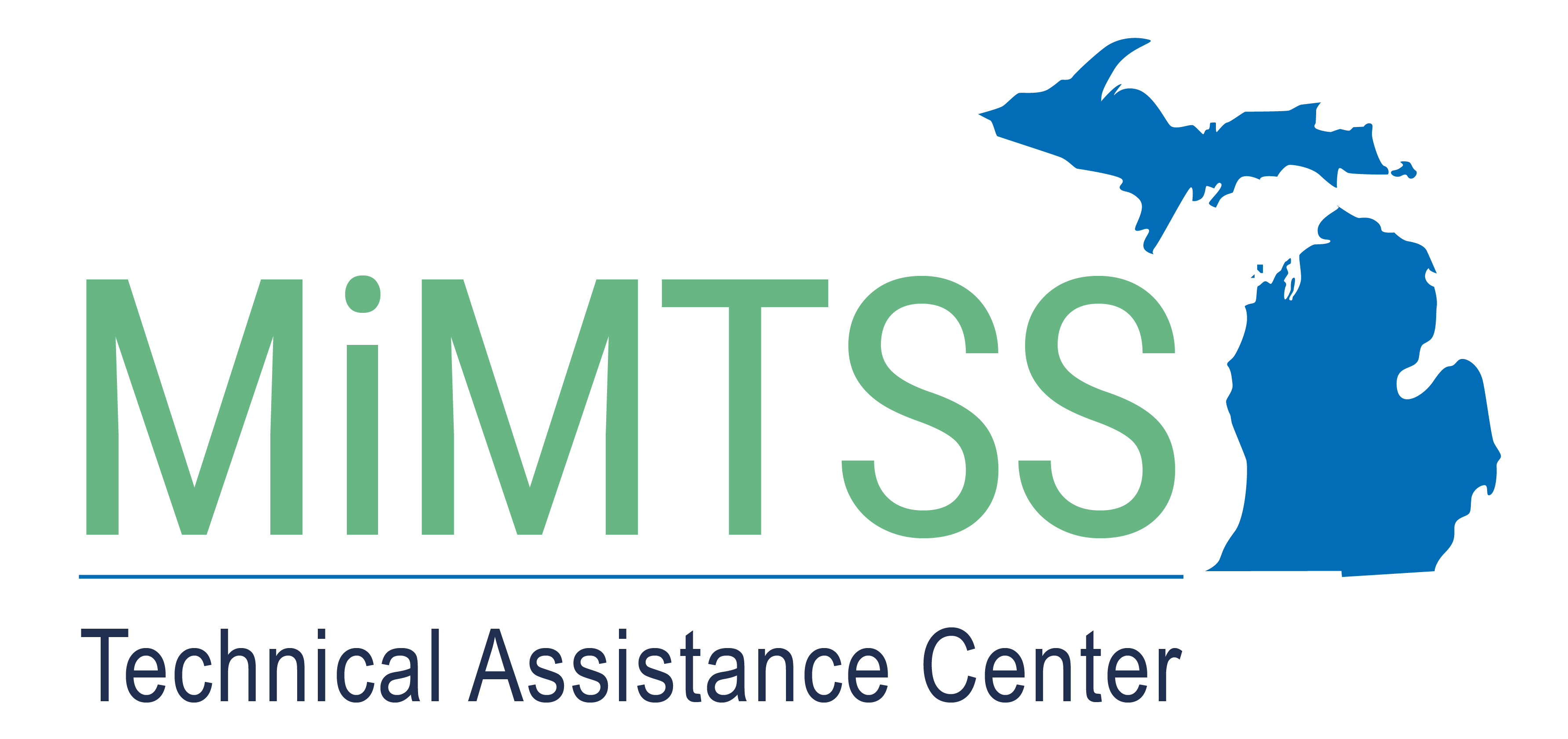This professional learning session supports teachers in developing classroom Social, Emotional, and Behavioral (SEB) Support to improve student knowledge and skills related to maintaining positive relationships, managing emotions, and academic performance.
Body
Agenda
- Positive Greetings at the Door
- Getting to Know You Survey
Outcomes
- Understand the importance of building strong relationships with students
- Review examples of behavior-specific feedback
- Reflect on ways to impact relationships in your classroom or a classroom yousupport
Body
Agenda
- Physical Arrangement
- Using Visuals
Outcomes
- Explore options for physical arrangement to improve safety and increaseengagement
- Review types of visuals and how they can support social, emotional, andbehavioral skill development
- Assess the needs of your classroom and what strategies would improve theoverall physical environment
Body
Agenda
- Opportunities to Respond
- Data Collection
Outcomes
- Understand the relationship between effective instructional practices and social,emotional,and behavioral supports
- Explore ways to provide active engagement in the classroom
- Identify next steps in the classroom
Body
Agenda
- Purpose of a Matrix
- Steps to Develop a Matrix
- Involving staff, students, and families
Outcomes
- Understand the purpose of a classroom expectations matrix
- Review features of a matrix that supports social, emotional, and behavioralexpectations
- Begin developing components of a matrix that fits the context of your classroomand students
Body
Agenda
- Social-Emotional Competencies
- Developing Lesson Plans
- Teaching SEB Skills
- Specific Feedback: Positive and Corrective
Outcomes
- Reflect on the importance of teaching SEB skills and procedures
- Understand the components in lessonplans Teaching SEB procedures
- Determine SEB procedures and skills to teach
- Practice with ways to provide specific feedback on SEB skills
Body
Agenda
- Brain Science
- Regulation Strategies for Students and Adults
Outcomes
- Understand the basics of brain science and stress responses in the classroomsetting
- Review regulation strategies for students and how to teach, prompt, andreinforce
- Identify your own regulation strategy and when it might be used
Body
Agenda
- Function of Behavior
- Responding to Interfering Behaviors
- Phases of De-escalation
Outcomes
- Explain what behavior is and that it occurs in context
- Identify strategies for responding to behavior in the classroom
- Describe the Phases of De-escalation
